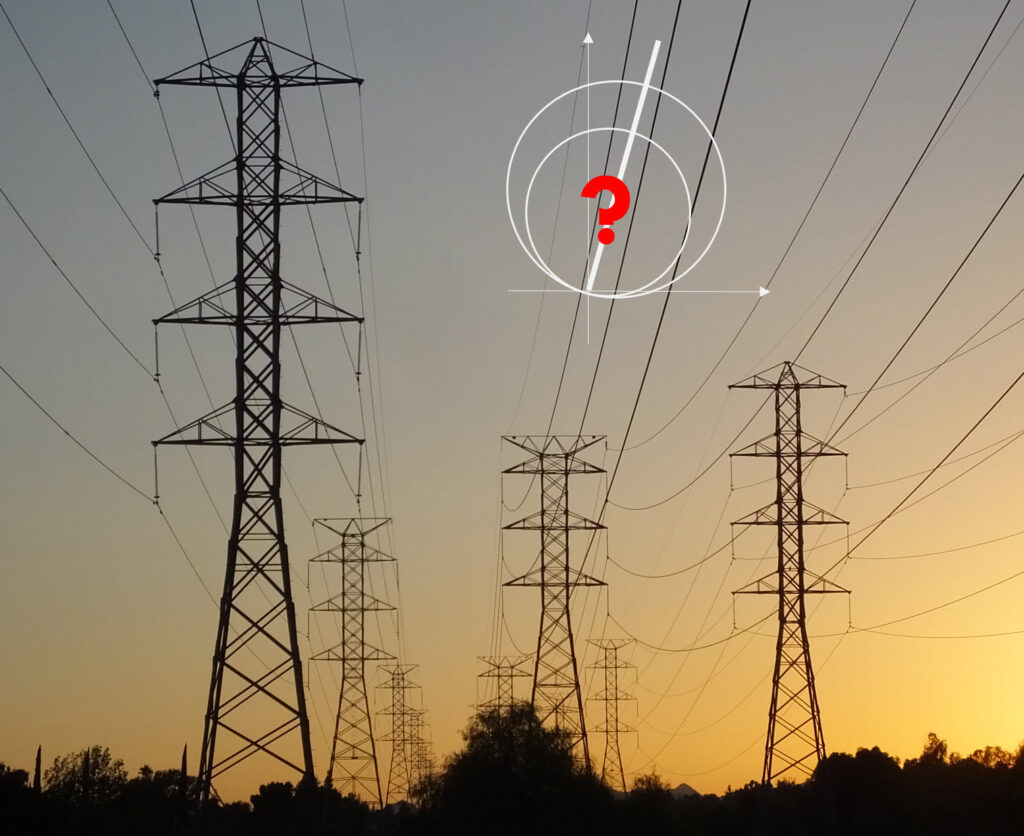by Alex Apostolov, USA

Transmission lines are a very important component of the electric power system because they carry the power from the generating stations to the load centers over large distances which exposes them in many cases to dangerous conditions leading to short circuit faults, broken conductors or downed transmission towers.
Protection devices and systems were used from the very beginning to protect the primary equipment from damages caused by their exposure to the large, short circuit fault currents typical for the electric power system based on synchronous generators. That is why the design of protective relays has been focused on the fast detection and clearing of such fault conditions.
However, today we live in a changing world driven by the development and wide penetration of renewable distributed energy resources that is changing the behavior of the electric power grid during short circuit faults or other abnormal conditions. This is presenting significant challenges for the traditionally used transmission line protection solutions – the distance relays.
The fact that inverter-based resources do not produce enough fault current for the operation of distance and overcurrent protection elements is pushing our industry to search for the development of new methods and algorithms that can detect that there is a fault and clear it as quickly as possible.
It is interesting that some people are calling for changing the behavior of the inverter controllers to produce high fault current in order to help the protection devices detect it. To me this is definitely the wrong approach, because the role of a protection device is to protect the power system as it is and not to ask for changes of the grid in such a way that it will make protection relays happier.
That is why what we need to do is to look at how the new technology that is available to us today can help us do the job the best way possible, as well as how we can use existing tools in innovative ways. We need to stop thinking about how we did it in the past and look at what has changed and what we need to do differently to meet these new challenges.
If we ask ourselves the question “Is distance protection still the transmission line protection?” the answer will start with “It depends!” In many cases it will do a good job protecting a transmission line, but in many cases, it might not be the right tool. In such cases we need to look at traveling waves-based protection, communications-based protection schemes using different technologies, as well as take a different approach with the use of ground overcurrent protection functions.
Such changing transmission line protection approach will help us do our job the right way in the new grid.








